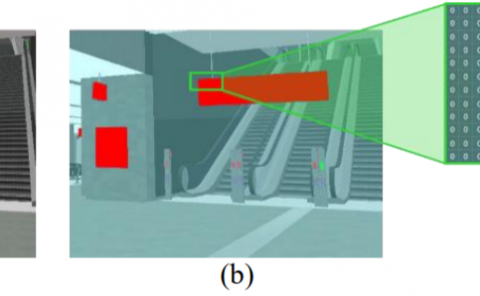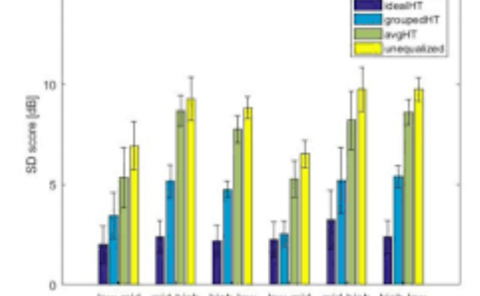Behavioral Intention of Using Virtual Reality in Learning
PubDate: April 2017
Teams: National Central University
Writers: Chien-wen Shen;Jung-tsung Ho;Ting-Chang Kuo;Thai Ha Luong
PDF: Behavioral Intention of Using Virtual Reality in Learning

Abstract
This study integrated the unified theory of acceptance and use of technology (UTAUT) and the four stages of Kolb’s learning style-concrete experience, reflective observation, abstract conception, and active experimentation to investigate the factors affecting students’ behavioral intention to use a virtual reality headset (VRH) in learning. The research model, constructed using structural equation modeling, included the four constructs of the UTAUT, namely performance expectancy, effort expectancy, social influence, and facilitating condition. Hypotheses on whether the four stages of Kolb’s learning style and the four constructs of the UTAUT significantly affect behavioral intention to use VRHs in learning were proposed and tested through inference analysis. The results show that only the concrete experience stage of Kolb’s learning style has a positive and significant effect on users’ behavioral intention to use VRHs in learning, whereas all four constructs of the UTAUT do. These findings should be applied by educational institutions to increase VRH use in learning.



